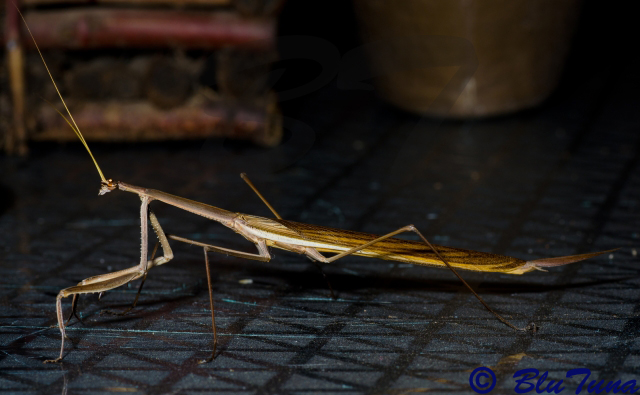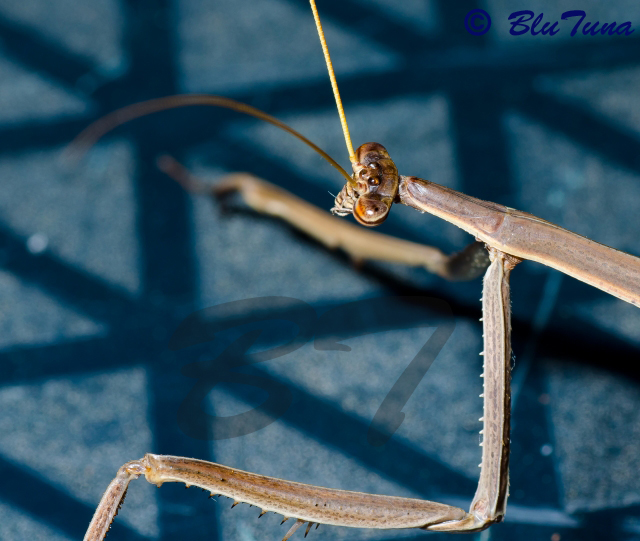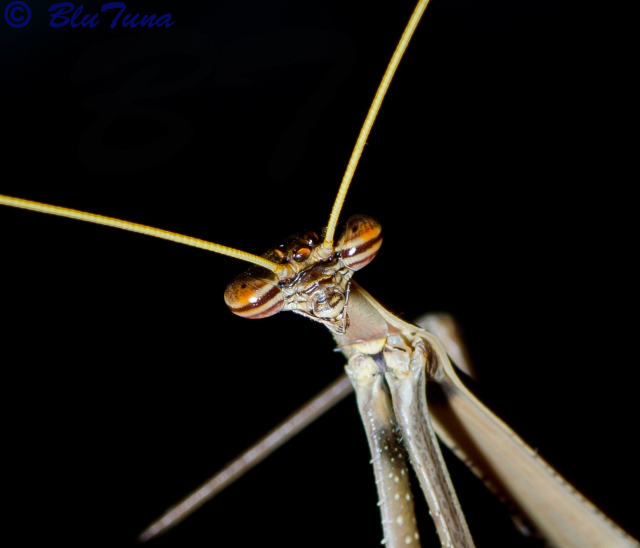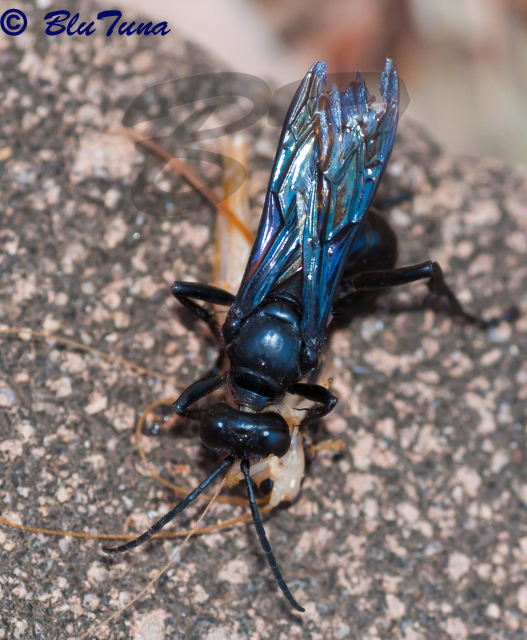Solygia sulcaüfrons or Ischnomantis fatiloqua are the only one I can find in similar shapeBluTuna wrote:This one came from my SO's work at Hartebeeshoek, Gauteng.
Insect or Invertebrates Identification - DONE
Moderator: Klipspringer
Re: Insect or Invertebrates Identification
Re: Insect or Invertebrates Identification
But I might be superwrongToko wrote:Solygia sulcatifrons or Ischnomantis fatiloqua are the only ones I can find with similar shapeBluTuna wrote:This one came from my SO's work at Hartebeeshoek, Gauteng.
Re: Insect or Invertebrates Identification
If that's the only mention of those two species then | give up! 
Hunting cannot be considered a sport as all contestants in a sport should know they are playing the game!
Re: Insect or Invertebrates Identification
Sphex sp. Digger WaspBluTuna wrote:Still on the road to N'wanetsi, I got lucky with some birds in flight.
From the lookout, we watched a Crocodile takes a leisurely swim around the pool.
A Wasp with its Grasshopper prey was on the path near the bottom of the hill. I only got two pictures of this as a Touron with even less manners than usual, who could not wait for a few seconds, barged past me and scared the wasp away.
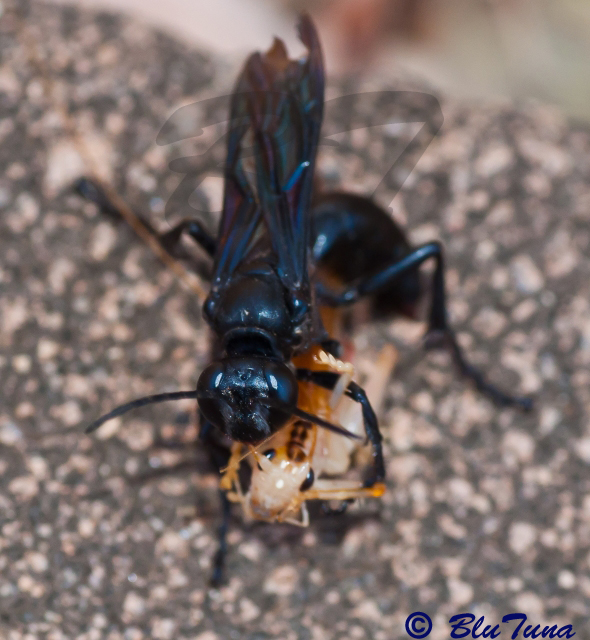
Family: Sphecidae; Subfamily: Sphecinae; Tribe: Sphecini
They prey on katydids in the family Tettigoniidae.
What do you think?
- Lisbeth
- Site Admin
- Posts: 65605
- Joined: Sat May 19, 2012 12:31 pm
- Country: Switzerland
- Location: Lugano
- Contact:
Re: Insect or Invertebrates Identification
On the wind screen somewhere in Southern Kruger?
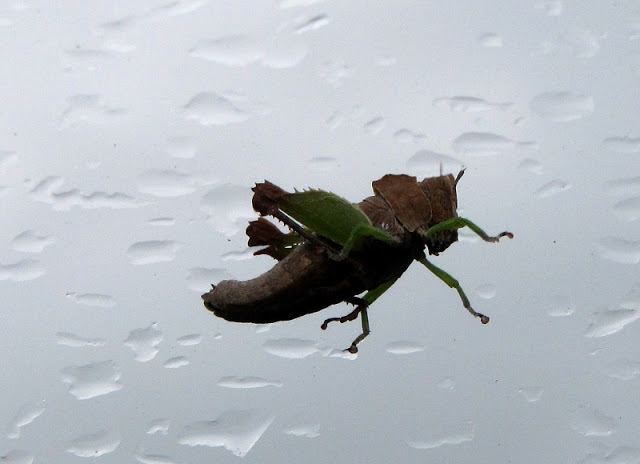

"Education is the most powerful weapon which you can use to change the world." Nelson Mandela
The desire for equality must never exceed the demands of knowledge
The desire for equality must never exceed the demands of knowledge
Re: Insect or Invertebrates Identification
Family Thericleidae  Lis
Lis 

 I have no clue
I have no clue 
Good looking guy with green legs on brown body, stylish knee shape also
Good looking guy with green legs on brown body, stylish knee shape also
- Lisbeth
- Site Admin
- Posts: 65605
- Joined: Sat May 19, 2012 12:31 pm
- Country: Switzerland
- Location: Lugano
- Contact:
Re: Insect or Invertebrates Identification
"Education is the most powerful weapon which you can use to change the world." Nelson Mandela
The desire for equality must never exceed the demands of knowledge
The desire for equality must never exceed the demands of knowledge
- Super Mongoose
- Posts: 808
- Joined: Wed Nov 13, 2013 8:10 am
- Country: South Africa
- Location: Pretoria North
- Contact:
Re: Insect or Invertebrates Identification
A Corn Cricket and according to the region we spotted them, it's the Acanthoproctus Cervinus, but the colour in my book is totally different, light green and yellow.
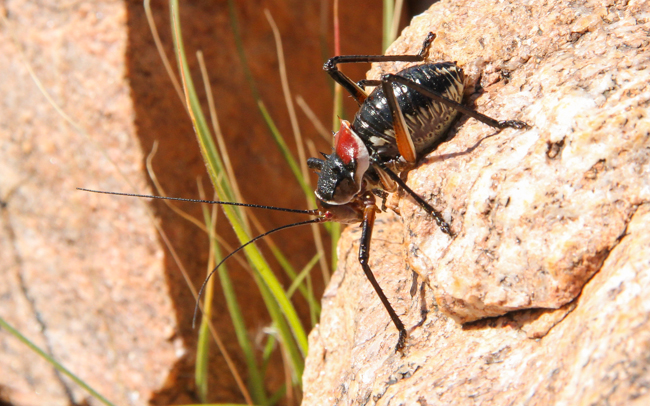
Augrabies, July 2014

Augrabies, July 2014
Imagine RhiNOs!
We have to stand together to STOP the madness!
Please support a Rhino project!
We have to stand together to STOP the madness!
Please support a Rhino project!
Re: Insect or Invertebrates Identification
Super Mongoose wrote:A Corn Cricket and according to the region we spotted them, it's the Acanthoproctus Cervinus, but the colour in my book is totally different, light green and yellow.
Augrabies, July 2014
Acanthoplus longipes (I think!) or discoidales
Both reported from the Gariep River in the Northern Cape. Do you have only this photo?



